Deep in the forest, a pack of wolves congregates. What are their habits? How do they hunt their prey? How do they form their pack hierarchies? The Voyageur Wolf Project devotes their time and efforts to answering these questions and much more.
The MandateThe objective of the Voyageurs Wolf Project is two-fold. It begins with rigorous wolf research to uncover new attributes of wolf ecology, and extends to effective and engaging outreach and education.Thomas Gable is the leader of this project. He notes that while most research projects prioritize the research aspect, the Voyageurs Wolf Project also includes outreach and education. Gable adds, “We think there’s a lot of value socially to share that work, so we’ve made a big commitment to really try to make our work accessible to the broader public.”The project investigates features such as the summer ecology of wolves and the relationship with the prey they rely on. These studies are maintained year-round, though the peak time runs early to mid April to the end of October. This aligns with the wolf’s “summer.” It begins with the birth of the pups and by the end of October, the pack starts moving around as a cohesive unit. Those seven months are busy with field work, while the next five months are spent catching up and writing reports.The Team
This kind of comprehensive research requires a team of dedicated individuals. Thomas Gable himself wears many hats; he’s a biologist, researcher, and scientist all rolled into one. He confesses that working with wolves wasn’t necessarily a lifelong dream. In fact, he wasn’t sure what to pursue as a career in his late teens. Did he suddenly get struck with inspiration? Yes, in a manner of speaking.While in college, he was faced with the decision of choosing his major. He happened to catch a nature documentary about wolves and it immediately spoke to him. Prior to that, he didn’t even realize that wolf biology was a profession. But it was a great fit. Gable came from a family who loved the outdoors, so being surrounded by wildlife was not alien to him. His family owned a cabin just outside of Killarney Provincial Park and they regularly hunted and fished. They often encountered wolf tracks nearby.Gable then decided to look into wildlife biology at school and did an internship at Wolf Park in Indiana. He had a great experience and loved doing field research. From there, things snowballed and many doors opened, bringing him to where he is today.Armed with a Ph.D. from the University of Minnesota and a Master's from Northern Michigan University, Gable also works with two others who make up the core team for the Voyageur Wolf Project. They include Austin Homkes, a field biologist, and Dr. Joseph Bump, an Associate Professor from the University of Minnesota. In addition, the team depends on the help of many other crew members and collaborators.More About the Voyageur Wolf Project
Voyageurs National Park is situated on the northern boundary of Minnesota, on the border of Minnesota and Ontario. It’s just west of Quetico Provincial Park. Regular gray wolves, aka Canis lupus, call this park home.The Voyageurs Wolf Project has been in operation since 2015. It came into fruition when Gable began his Master’s research. Voyageurs National Park had already been doing preliminary wolf research since 2012, looking at concepts like the relationship and interactions between beavers and wolves. This fascinated Gable because researchers didn’t usually talk about that particular aspect.Since wolves have the capacity to cover long distances, it’s important to track them. The team collars about 12-13 wolves a year, most of which are from different packs. And yes, placing a collar on a wolf is as difficult as it sounds. The team uses rubber-padded footholds that offer a safe capture and release function. The traps are small and spread out over a large territory, so the next challenge is getting the wolf to step in it. Not only that, the wolf must step right into the middle of the trap, otherwise they may dislodge their paw easily. Once they’re trapped, the wolf is sedated, collared, and then released.Notable Findings
To be sure, Gable and his team have discovered many new findings since the Voyageurs Wolf Project began. He says, “The biggest over arching thing that we learned has been really unraveling wolf-beaver interactions and how wolf predation on beavers is connected to larger ecological processes.” For example, how do wolves hunt and kill beavers? They were able to prove that wolves sometimes ambush beavers, though they have been typically thought of as coursing predators. Furthermore, wolves seem to have an understanding of beaver behaviour and pick ambush spots in response to that understanding.This led to an even bigger finding; that wolves alter the creation of wetlands. Beavers are very important ecological species and the team observed that when wolves kill dispersing beavers, that stops that particular pond and subsequent wetland from forming. In this regard, wolves are indirectly altering where wetlands are being created. In addition, the team discovered that the individual personalities of the wolves also play a role. For example, some wolves may be more patient or persistent, therefore killing more beavers and having a bigger impact on the creation of wetlands.Another finding the team uncovered is that wolves also consume berries in the summer. Although this was already hypothesized, the Voyageurs Wolf Project was the first to capture detailed video footage. They were also the first to document wolves hunting and killing fresh water fish.These findings were all discovered due to technological advances. “If we didn’t have the technological advances we do now such as GPS towers and trail cameras, we would never be able to study this,” Gable says. “Our efforts have been boosted by having this technology that allows us to study these aspects of wolf ecology.”How to Support the Project
If you love wolves or simply want to support wildlife research, there are many ways to get involved. You can visit the Voyageurs Wolf Project website (www.voyageurswolfproject.org) and follow them on their social networks. The team regularly shares their work, any updates. as well as trail camera footage. If you have questions, ask away and one of the crew members will be happy to answer.In addition, donations are one of the best ways to help and support the Voyageurs Wolf Project. All donations go directly to funding the project. The project is entirely funded by grants and donations, they don’t receive any government support. Donations can be made through the website.As for those interested in wildlife biology as a career, Gable says here are many paths to pursuing that. Attending college and acquiring a degree in some kind of ecological field, zoology, or biology is a solid start, as well as getting field experience. In addition, the International Wolf Centre has a host of resources worth checking out.Gable is happy with the work his team does at the Voyageurs Wolf Project. But he adds that the best work is yet to come. He says, “The value of doing long term work is that as you do it for many years and gain a much better understanding of the patterns and processes.” That way, wolf research is always expanding and evolving.

 In The Latest Issue:
In The Latest Issue:
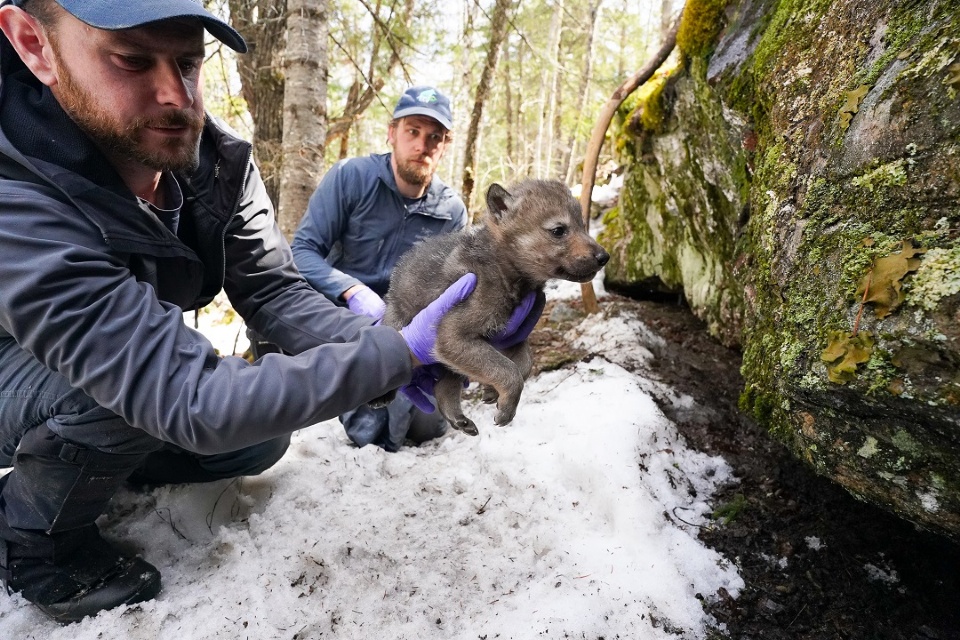
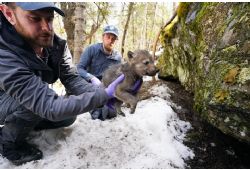
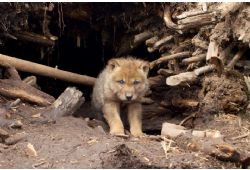
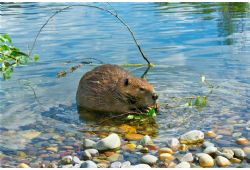
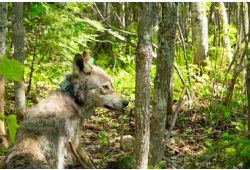
 BY:
BY: 

Tweet
Share